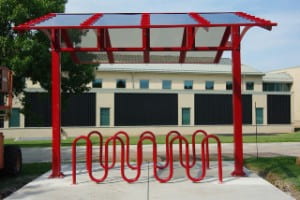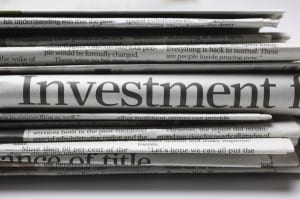Another on-campus opportunity to learn more about sustainability, food issues, and where some of the electricity feeding the grid you’re using to use or recharge the device you’re reading this on! Events are free and open to everyone!
Monday, Oct. 22: Come to DIVE! the Movie – learn how you can supplement your diet with dumpster diving … ok, not really, but you will learn a great deal about the vast amounts of food wasted and disposed of in America. Movie will be shown from 5 – 6:3O in the Alumni Rooms, University Union
Tuesday, Oct. 23: Autumn Fest at the Mauthe Center! Come enjoy a great gathering 7 – 10 p.m.
Wednesday, Oct. 24: Food Day. All day at the University Union. Here’s an opportunity to learn more about food issues such as hunger, factory farming, urban agriculture and more about the local foods movement. Come for a locally source meal ($1 suggested donation for students, $2 for faculty/staff) in the Phoenix Rooms, University Union, starting at 4 p.m. and stay for keynote speaker, Will Allen, a MacArthur Genius grant awardee and one of Time Magazine’s 100 most influential people. He’ll be talking about his efforts in Milwaukee to introduce local and sustainable food sources.
Thursday, Oct. 25: Beehive Design Collective at the Mauthe Center, 7 p.m. Come learn about The True Cost of Coal – using graphic design and great storytelling, the members of this collective give an informed presentation on the effects of mountaintop coal extraction.
Eco-Rush is sponsored by these student organizations: PEAC, SLO, SIFE, UWGB Dietetics Club, as well as the Richard Mauthe Center and UW-Green Bay Sustainability Committee.












